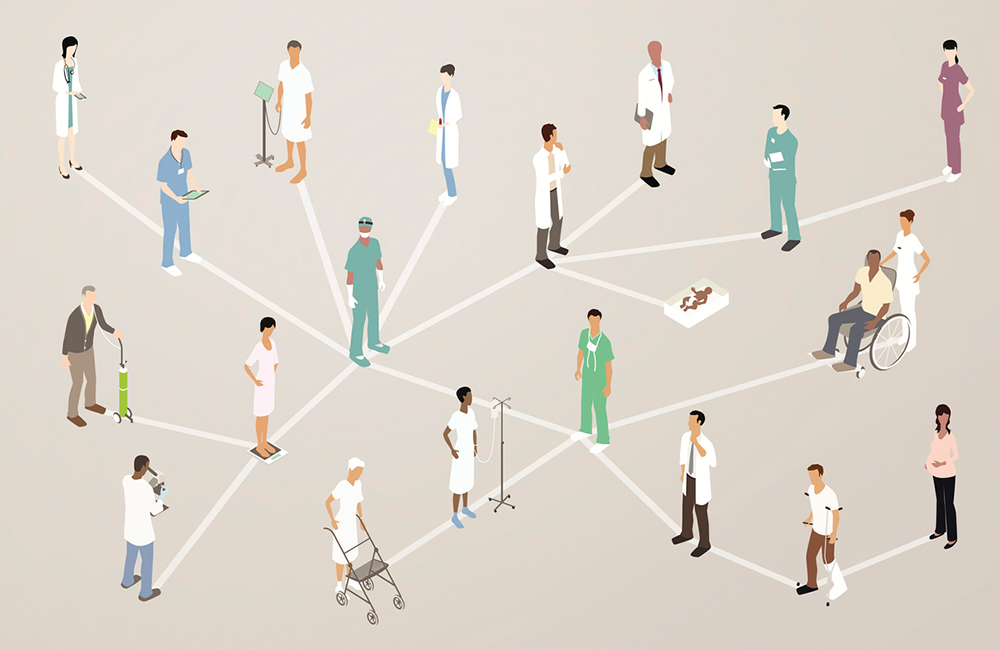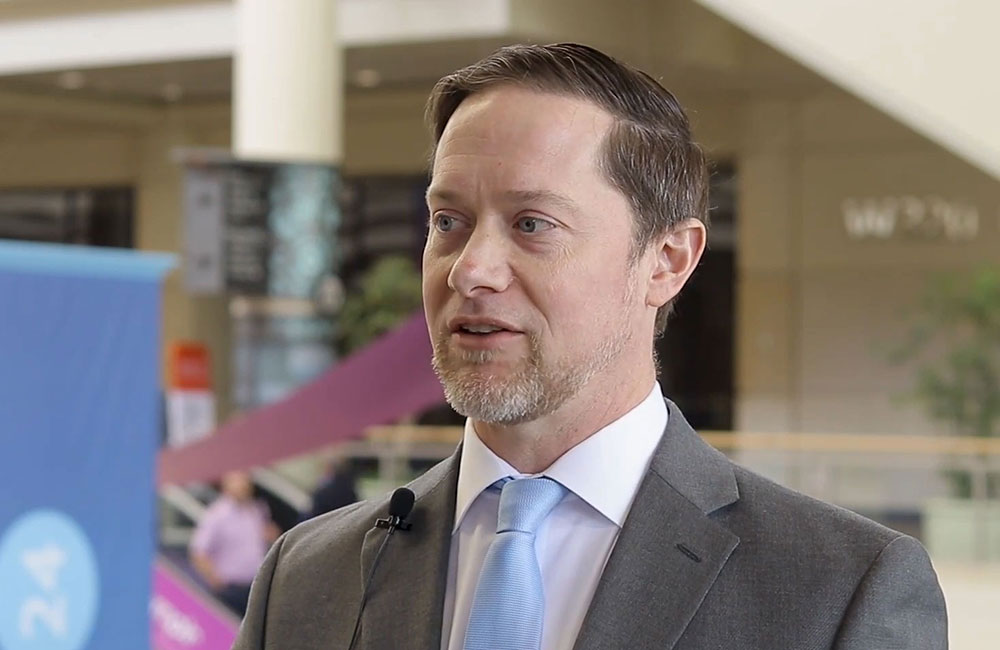The Office of the National Coordinator for Health IT published its Trusted Exchange Framework and Common Agreement (TEFCA) Tuesday, establishing a universal technical and legal baseline for information exchange and interoperability across health information networks (HINs) nationwide.
ONC developed TEFCA to meet a 21st Century Cures Act mandate calling on the agency to improve data sharing between HINs. In meeting this new milestone, ONC hopes that TEFCA will pave the path for individuals, health care providers and organizations, as well as public health agencies to access health information more efficiently and securely.
The framework establishes a set of non-binding principles to guide data-sharing across health networks, while the common agreement sets governance to support health data exchange.
ONC released TEFCA alongside its recognized coordinating entity, The Sequoia Project, and will next look to designate Qualified Health Information Networks (QHINs). Entities that become QHINs will uphold TEFCA principles and connect to other designated networks to engage in trusted health information exchange.
The Sequoia Project CEO Mariann Yeager said that in the second quarter of 2022 — or in roughly 90 days — ONC and The Sequoia Project will begin accepting QHIN applications. In the meantime, the organization alongside ONC will work with prospective organizations to address questions and prepare them for the application process.
After ONC establishes initial cohort of QHINs, the agency will begin TEFCA’s implementation process as early as the end of 2022 and early 2023.
“We’re going to be important as we work with that initial group of initial implementations, and we’ll continue to work with those who continue to come forward and express interest,” Yeager said. “[The framework] is really intended to be multi-purpose to support a multitude of cases and exchange purposes — treatment, payment or health care operations, government benefits, determination, individual access.”
National Coordinator for Health IT Micky Tripathi added that as TEFCA’s next steps unfold, he aims for simpler and safer connectivity between HINs.
“We want to be able to create a uniform floor of interoperability so that every authorized entity and authorized user — including individuals — have a baseline expectation of being able to get basic health care, medical record information securely and reliably across the network,” Tripathi said. “We also want to be able to greatly simplify connectivity. … And then we also have to enable the ability to locate aggregate information in a patient-centric way.”
While health information interoperability has progressed in recent years amid growing electronic health record adoption, an ONC spokesperson told GovCIO Media & Research that in early development of TEFCA, the agency examined existing networks and identified areas of alignment to close any potential gaps.
“While networks have made considerable progress, cross-network exchange is still not frictionless,” the spokesperson said. “Additionally, many existing data sharing networks focus solely on treatment. TEFCA will broaden health information exchange purposes to include payment, operations, public health and government benefits determination. It supports existing health information networks, but seeks to establish a universal floor of interoperability across the country to expand and improve access to health information.”
ONC also released the TEFCA Health Level Seven Fast Healthcare Interoperability Resource (HL7 FHIR) Roadmap alongside TEFCA. The roadmap aims to outline how TEFCA can accelerate FHIR-based exchange across health networks.
The roadmap aims to create various paths for FHIR exchange support in TEFCA: facilitated FHIR exchange and brokered FHIR exchange.
“That idea of facilitated exchange it be able to use network infrastructure to be able to use that network infrastructure to make it easier for them to do that FHIR API point-to-point exchange, which we know FHIR is a good level of maturity for that,” Tripathi said. “FHIR being part of a brokered exchange [is] QHIN to QHIN exchange actually being base on FHIR APIs, which is the type of exchange that is further down the road in terms of FHIR maturity.”
With TEFCA and its FHIR Roadmap in place, The Sequoia Project will host a series of public webinars to provide more information about TEFCA leading up to the QHIN application and review process.









